 01 September 2016
New software uses satellite data to monitor wildlife habitats by airports
01 September 2016
New software uses satellite data to monitor wildlife habitats by airports
... and has led to reduced costs while complying with the legal requirement of monitoring a 13km radius. “Using Earth observation data is more efficient than on-ground monitoring, requiring fewer man-hours and lowering demands on resources which...
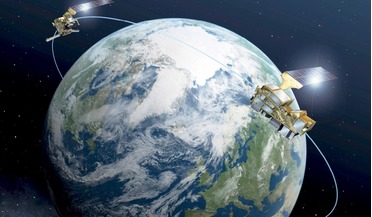 April 2018
Climate monitoring and the need for open access to global environmental satellite data
April 2018
Climate monitoring and the need for open access to global environmental satellite data
Since the beginning of the Space Age, some 35 nations have been involved in launching more than 450 Earth observation (EO) satellites. Yet with so many variables to be collected, so precisely and over such long periods, there are still ...
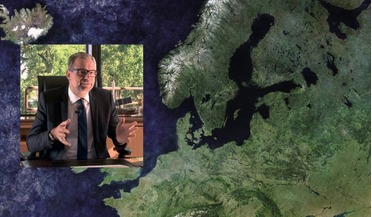 April 2021
Making space part of the everyday European agenda
April 2021
Making space part of the everyday European agenda
... ‘disruptive innovation community’, many of them working in AI, machine learning and blockchain, all now key words in the Earth observation community. These have been held annually and at the first one I issued a challenge to see AI being tested...
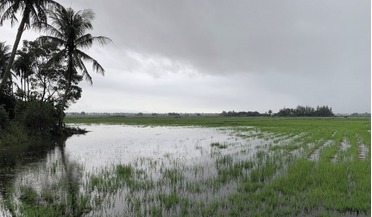 April 2021
Predicting dengue fever outbreaks from space
April 2021
Predicting dengue fever outbreaks from space
.... D-MOSS has proved successful in Vietnam and is now being made available to Sri Lanka and Malaysia. Using Earth observation data together with seasonal climate forecasts, D-MOSS is able to predict the likelihood of future dengue epidemics up to six...
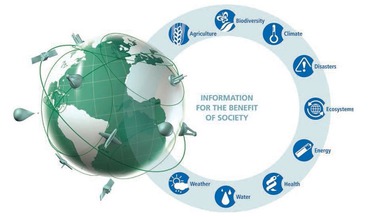 July 2014
Understanding Earth: GEO and the SDG environmental agenda
July 2014
Understanding Earth: GEO and the SDG environmental agenda
... for January 2014 in Geneva, Switzerland, has as an expected outcome the confirmation that GEO has advanced global Earth observations, and that it should be continued to 2025 with a mandate to develop a new Implementation Plan, which will take full...
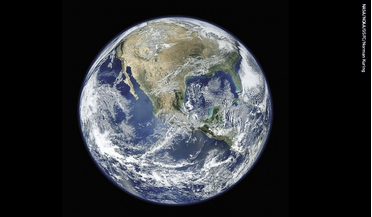 March 2021
Data may be the new oil... but its real value is in actionable information
March 2021
Data may be the new oil... but its real value is in actionable information
... of a train station along the Trans-Siberian railway in Northern Russia – all on the same day. Complex detail Earth observation developments focused on taking stock of what had happened, rather than monitoring what was happening Thinking back...